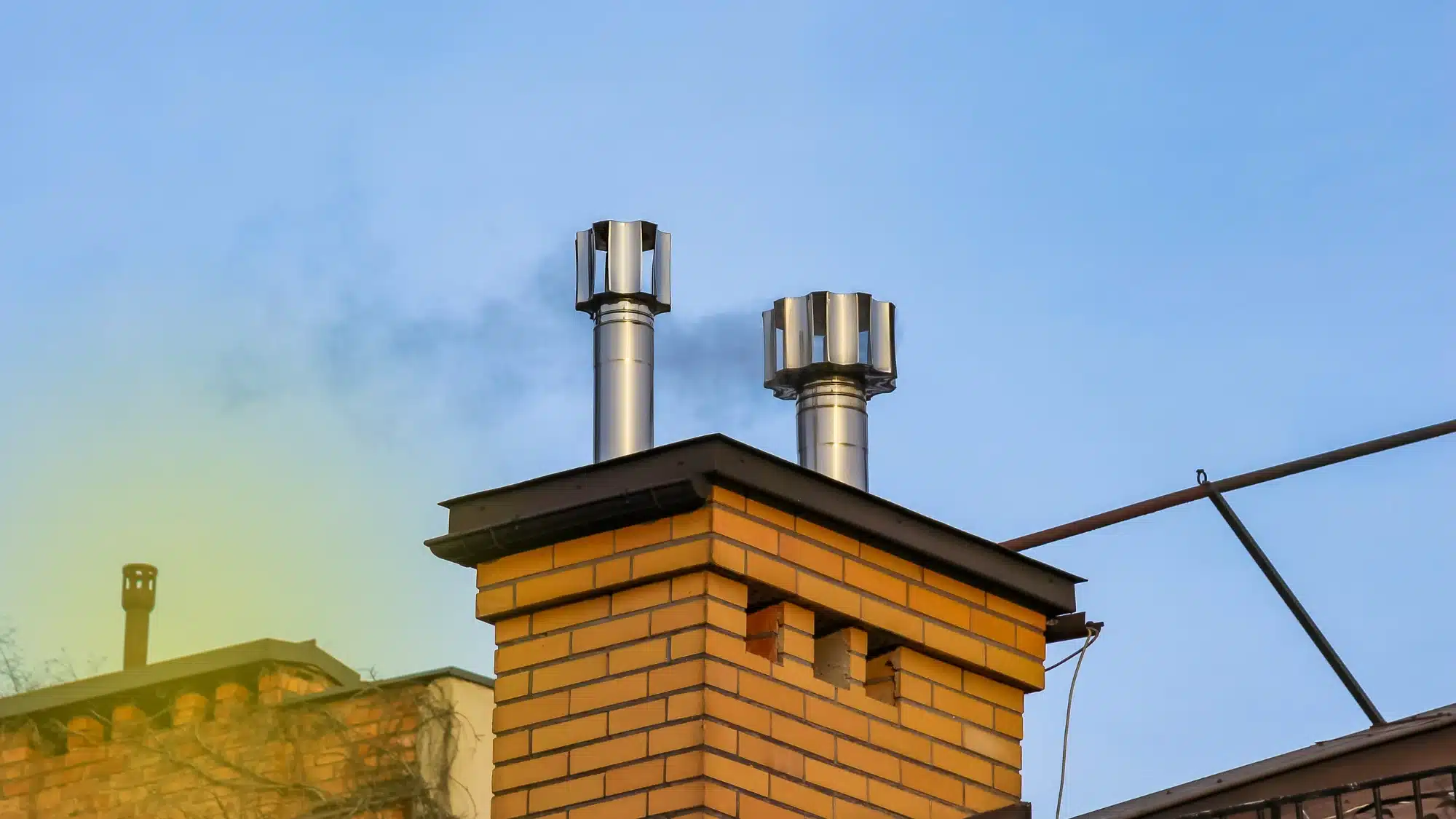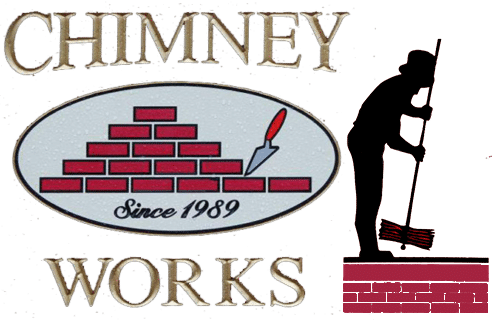
There’s something undeniably cozy about a crackling fire on a cold evening. But behind that warmth is a powerful system working to keep your home safe, and the unsung hero of that system? The chimney liner.
If you’ve ever searched “chimney sweep near me” hoping to find someone who goes beyond the basics, you’re not alone. Too many homeowners think sweeping is enough. At Chimney Works, we believe in educating our clients, and today, we’re talking about the one component most people overlook—until it’s too late.
What Is a Chimney Liner, Anyway?
Think of a chimney liner as your chimney’s internal armor. It lines the inside of the flue—the passage that carries smoke, heat, and gases up and out of your home.
There are three main types:
- Clay Tile Liners – Common in older homes, durable but prone to cracking over time.
- Metal Liners (Stainless Steel) – Popular for upgrades or relining jobs; highly heat-resistant and long-lasting.
- Cast-in-Place Liners – Poured cement-like mixtures that harden into a solid flue wall.
Whichever type you have (or need), the purpose remains the same: protection.
The Dangers of an Unlined or Damaged Chimney
Here’s where it gets serious.
Without a functioning liner, your chimney becomes a ticking time bomb:
- 🔥 Fire Risk – Heat and flames can escape through cracks in the masonry, potentially igniting nearby walls or attic structures.
- 💨 Carbon Monoxide Leakage – Poisonous gases, including carbon monoxide, can seep through damaged mortar joints and into your living spaces.
- 🧱 Structural Damage – Acidic condensation and soot can erode the chimney’s interior walls, weakening your entire stack over time.
It’s a risk not worth taking—and one that’s completely avoidable.
How a Chimney Liner Works to Protect Your Home
So, what does a good chimney liner actually do?
- Directs smoke, heat, and gases safely out of your home
- Contains high temperatures to prevent heat transfer to flammable materials
- Resists corrosion from acidic byproducts of combustion
- Improves energy efficiency by maintaining proper draft
It’s not just a safety feature—it’s a performance enhancer.
Why Regular Chimney Inspections Are Critical
Even the best liners need upkeep. Weather, age, and heavy fireplace use can all take a toll.
Warning signs that your liner might be compromised include:
- 🔥 Smoke backing up into the room
- 👃 Strong, musty, or smoky odors
- 🧱 Pieces of tile or mortar falling into the firebox
- 🌬️ Unusual downdrafts or drafts you can feel indoors
If you notice any of these, stop searching “chimney sweep near me” and call Chimney Works—we don’t just sweep, we inspect and solve.
Searching for a Chimney Sweep Near Me? Here’s Why Chimney Works Is Connecticut’s Favorite
At Chimney Works, we’re more than your average sweep. Our licensed technicians specialize in chimney liner inspections, chimney repairs, and chimney installations. Whether your liner needs a touch-up or a total replacement, we’ve got the tools, the knowledge, and the care to do it right.
We’re local. We’re certified. And we believe in protecting families one flue at a time.
Conclusion
Your chimney liner might be out of sight—but it should never be out of mind. It’s your first line of defense against fire and carbon monoxide, and a vital part of your home’s safety system.
📍 Looking for a reliable chimney sweep near me who understands liners inside and out? Call Chimney Works today to schedule your chimney inspection. Let’s keep the fires burning safely—and the dangers locked away.

